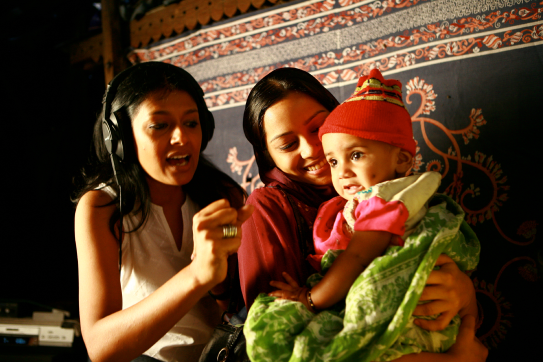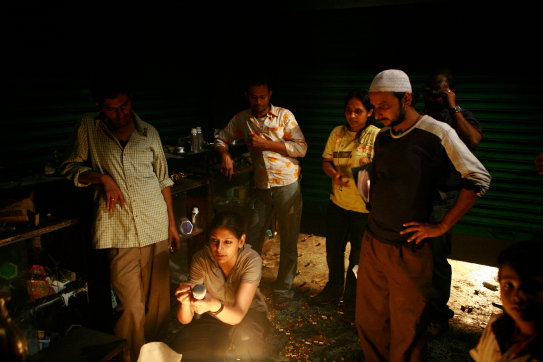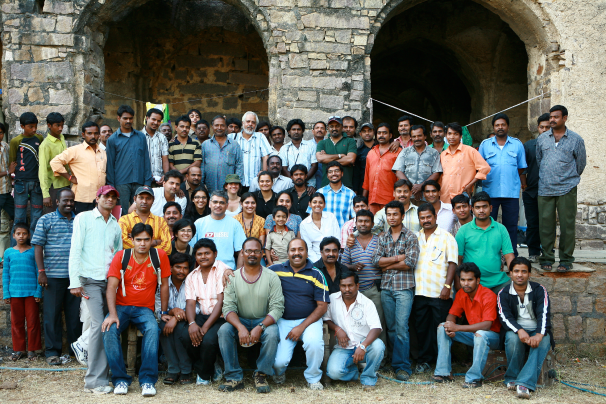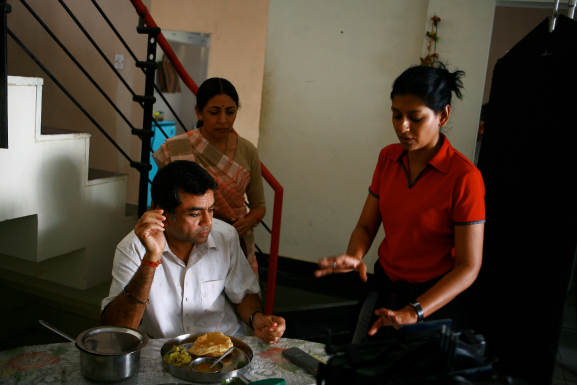The joy of learning
- July 1, 2015
An hour away from the traffic-ridden city of Bengaluru is the Centre For Learning (CFL). It is housed in small beautiful brick buildings, not far from each other, but invisible as they are nestled in thick foliage. My son, Vihaan, and I stayed there recently for a week in the first part of his summer vacation.
It is a community of students, teachers and parents interested in education that aims to nurture questioning and reflection, with the belief it can foster learning throughout one’s life. Today comparison and judgment are difficult to avoid. Reward and punishment seem the only motivation, and achievement and success is what one strives for. So I was curious, how in these times does a school like this live its values?
Not just CFL, but a bunch of alternative schools, though still a minuscule percentage, are countering the suffocating schooling system. Most of them see exams as impediments to learning. At CFL there are none till the tenth grade, and yet children are immersed in their subjects and learn with joy and without fear.
But, for such reflections and understanding, the school needs to be small. CFL has maintained its numbers at 70-odd children with about 15 teachers. Interestingly their reason for this has not been ‘individual attention’, which is what most upmarket schools believe is needed to foster individual personalities and traits. But at CFL their journey is “learning together and carrying the self lightly”!
This should be no surprise as CFL is inspired by J. Krishnamurti’s philosophy. He said, “School is a place where one learns about the wholeness of life… It is where one explores one’s own thinking, one’s own behaviour.” In today’s context it may all sound too esoteric, or even contradictory to what passes off as education—an accumulation of information. The duality of carrying the self lightly and knowing the self deeply is what needs to be learnt.
Two more things struck me about CFL—first, I barely saw any help or workers on campus. Everyone did everything to keep the place clean. Whether it was the utensils, garden or the school premises… all were done by all!
Second, that it is a non-hierarchical teacher run school. All decisions are taken democratically and the questioning and reflection is not just for children but also for the teachers. I had insightful conversations with them about the challenges of such an egalitarian structure. Many admitted that it was testing at times, as unsaid hierarchies tend to creep in and consensus could also mean apathy or not wanting to ruffle feathers. But despite all challenges, they found it rewarding as it facilitated healthier communication and led to more thoughtful decisions.
Though I was fortunate to study in a very good school, I understood the importance of being close to nature and the merits of alternative education only when I went to Rishi Valley, a school run by the Krishnamurti Foundation of India. After graduation, I took a year off in which I spent four months teaching the fifth grade and loved all that I learnt.
Along with the journey of making my film on the celebrated writer Manto, I have also decided to discover other centers of learning. Next on the list is Shibumi, again based on the teachings of Krishnamurti, and near Bengaluru, a hub for alternative schools. I am aware such schools are a luxury when there are millions of children either out of school, or studying huddled together. But at least the privilege to choose must lead to the right choice.
My quest to find the best possible place for Vihaan (and for me) to learn and grow has deepened with this experience. I am not so concerned about striking a balance between the joy of learning and the compulsions of fitting in a stifling world. For now I am just happy that Vihaan, a city child—who found running bare feet on mud road “dirty” and bugs “creepy and crawly”—was happily running around, feeling the earth beneath his feet, fluttering with butterflies and saving millipedes on long walks in the woods.






